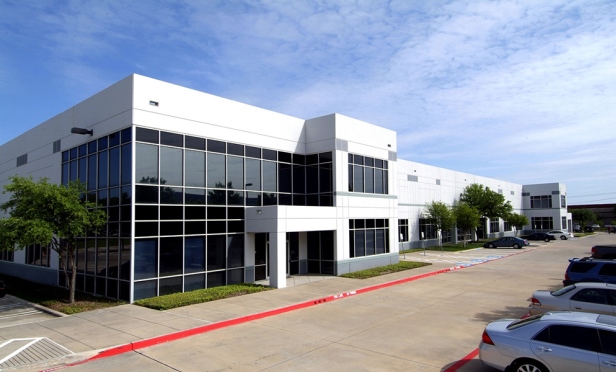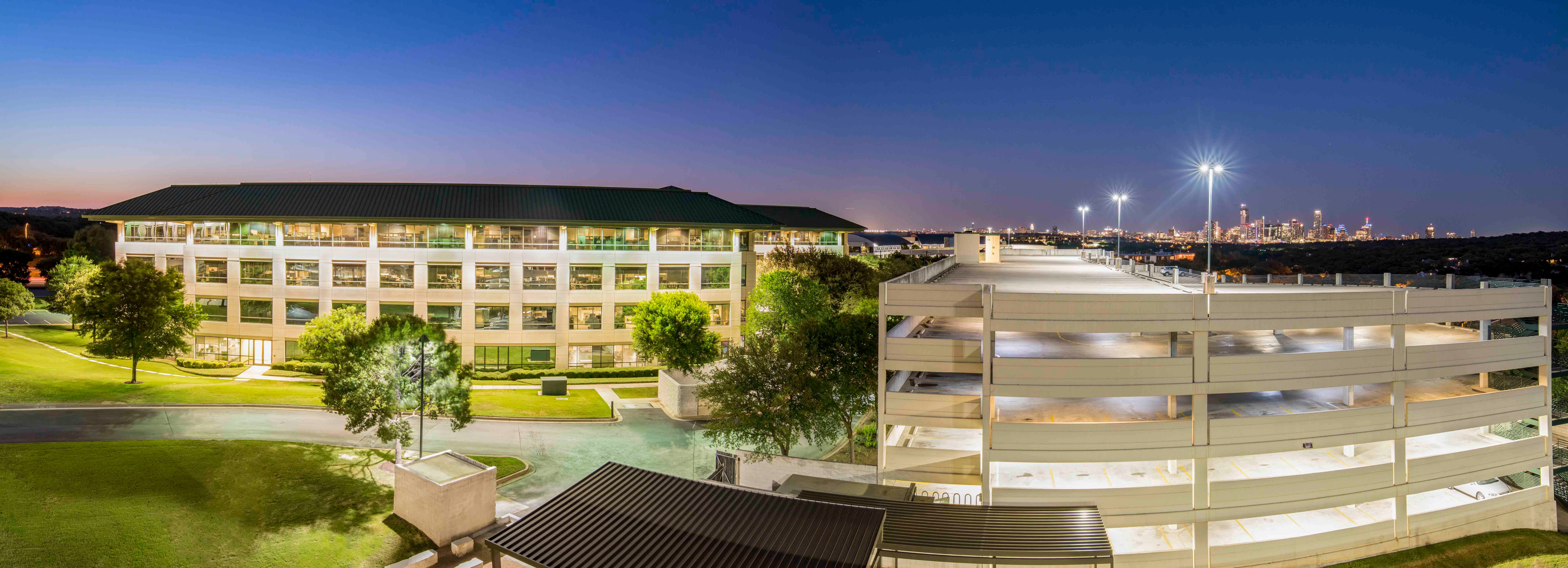 Cardinal Park was one of the properties in the $148 million portfolio sold by Adler Real Estate.
Cardinal Park was one of the properties in the $148 million portfolio sold by Adler Real Estate.
HOUSTON—By 2030, more than two-thirds of Texans will live within urban markets at a total combined population of nearly 22 million people. The state's population growth and geographic advantages of being in the center of the Sunbelt bordering Mexico make it an obvious location for distribution networks.
CBRE notes that DFW has emerged as a top five US logistics market, a true super-regional distribution center, while Houston ranks first in US foreign exports, as not only a major port of entry for Texas, but also for much of middle America.
“The steady growth of the Houston industrial marketplace, even through two notable downturns, now has developers looking beyond Harris County for affordable large site options,” Micheal Palmer, senior vice president, CBRE, tells GlobeSt.com. “In-fill parcels in Houston are increasingly expensive, encumbered and highly regulated, all of which lead to more build-to-suit activity and light manufacturing park projects. There are virtually no 30-plus acre sites inside Beltway 8 beyond the Generation Park and the South Belt areas, and new industrial development inside the loop has been nonexistent for some time. As market conditions evolve, creative development will follow.”
Additionally, Texas leads the US in number of federal foreign trade zones/FTZs with 32 located across the state, reports CBRE. Industrial occupiers can use these FTZs to take advantage of Freeport exemptions in select taxing jurisdictions, providing property tax relief on goods staying less than 175 days.
Industrial occupiers and developers have taken note of these advantages, kicking off a Lone Star industrial boom. These factors have undoubtedly influenced the recent acquisition of a $148 million portfolio of 20-buildings in Dallas, Houston and Charlotte. Exeter Property Group purchased the class-A light industrial portfolio totaling 1.25 million square feet and the seller was Adler Real Estate Partners.
The portfolio comprises Cardinal Park in Richardson, TX, three properties in Houston: Bammel Business Park, Business Center at Park 10 and Legacy Park; and Shopton Ridge in Charlotte. All five properties are in in-fill submarkets with strong tenant demand.
Bammel Business Park has five class-A industrial warehouse buildings comprised of 246,450 square feet along Beltway 8 in Northwest Houston. The park was built in 2008 with 24-foot ceiling clear height and preferred office finish. It has 200-foot shared truck court depths to give big rigs ample room for maneuverability and appeals to a wide array of industrial users seeking modern industrial space, GlobeSt.com learns.
Legacy Park was built with concrete tilt-wall construction, is 100% climate controlled, has upgraded office finishes and is professionally landscaped, GlobeSt.com learns. It has access to Highway 290 and Beltway 8.
The HFF investment advisory team representing the seller included managing director Adam Herrin and director Stephen Bailey along with senior managing directors Rusty Tamlyn and Chris Norvell, managing director Trent Agnew and director Patrick Nally.
Since 2013, developers have completed nearly 101 million square feet of industrial product in DFW, yet vacancy remained snug, closing at 5.8% in second quarter 2018. At the same time, Houston's industrial sector grew approximately 56 million square feet, and its vacancy is even lower at 5.1%, according to the CBRE report.
© Touchpoint Markets, All Rights Reserved. Request academic re-use from www.copyright.com. All other uses, submit a request to [email protected]. For more inforrmation visit Asset & Logo Licensing.







